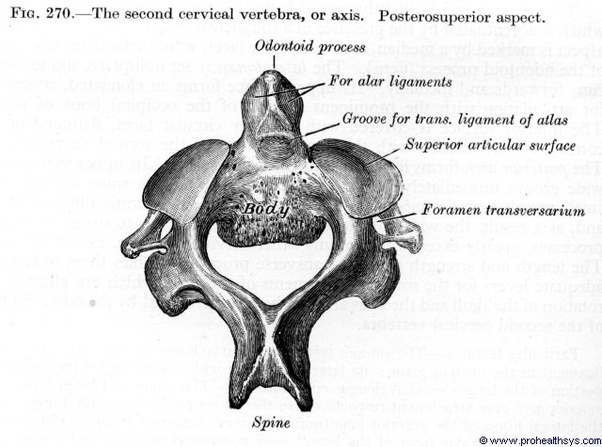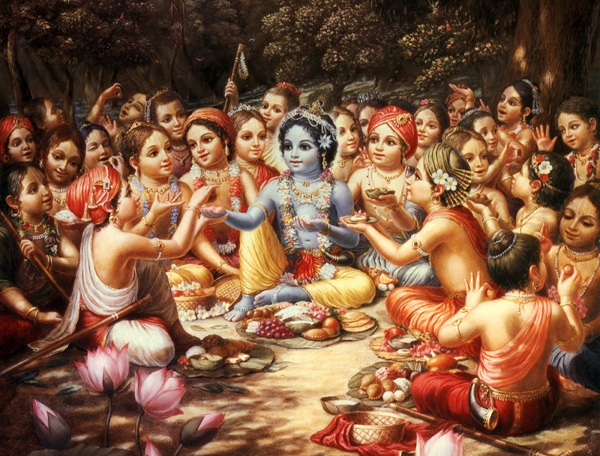More about Yugas : Satya, Treta, Dwapar and Kali
History is divided into 4 Yugas or epochs of time. According to Manusmriti, the division is as follows:
-> Satya Yuga - 4800 Years - Gold
-> Treta Yuga - 3600 Years - Silver
-> Dwapr Yuga - 2400 Years - Bronze
-> Kali Yuga - 1200 Years - Iron
Dharma or the righteous social conduct is at its best and the most accomplished in Satya Yuga, and gradually decreases with each passing Yuga, consequentially decreasing the duration of the age. The Kali Yuga is the least righteous period of time among all four. What is so fascinating about this change is that it seems so natural.
Satya: In Satya yuga, if you did any good deed, its result manifested quick and distinguishably. The bad you did had to face against all the relative good and virtue in the world to surface and be acknowledged. That was why only the bad deeds performed by Rakshasas surfaced and they were killed or taught a lesson by the Lord in various Avatars. There were no shades of grey.
Treta: In Treta Yuga, evil had a deeper infiltration. People didn't need a reason to do good. Also if there was a reason, they didn't refrain from doing bad too. Rakshasas looked like people but had distinguishing characteristics that made them so. Ravana is an example. In Sundarakanda, Lord Hanuma himself described him 'Radiant'. What gave Ravana his more mainstream name Ravanasura are the deeds he had done despite his Brahmin upbringing & knowledge and also the consequences that followed. Here, shades of grey were acknowledged.
Dwapar: In Dwapar Yuga, evil had reached deeper and darker levels of infiltration. People simply needed a reason to do good, bad or even nothing. All this can be seen in one incident of Mahabharatha-The disrobing of Draupadi. Duryodhana had just a single reason to do bad-His desire to conquer the Pandavas ,Kaurava lands and everything else. Pandavas and all the elders of the family like Bhishma, Drona, Kripa had a reason to do nothing-Pandavas, because they were slaves of Duryodhana after Yudhistira lost in the dice game and the elders because none of them clearly knew the right thing to do. They were all too confused and shocked. The shades of grey got very dark and they complicated things.
The quality of the reason that provoked a person to do a deed mattered as much as the deed itself. That is why, although Pandavas led by Dharma himself won the Kurukshetra, the discussion about their methods is still ongoing. Karna, though on the side of Duryodhana, is still sympathised because of the reasons that drove him to his actions. Actions and means didn't simply justify one another. Virtue still had a significant role in deciding a character.
Kali: Coming to Kali Yuga, the infiltration of evil is complete. Unless you're a noble heart innately(which is, let's face it, very rare), you need a reason to do good but you don't need a reason to do nothing. Here ends justify the means. Not because it is always right but because to be right, a lot of patience and effort are needed. That is why it is possible for evil people to thrive in Kali Yuga.
The span of Kali Yuga is just a half of Dwapar Yuga, which is in turn a half of Satya-Yuga. This is observed because virtue has a chance of longer survival than evil. As evil started creeping in, the span of each Yuga decreased along with it. Kali Yuga is the shortest among the four.
There are no demons among us. There are demons in us. All of us. The best of us control them better than others.



Comments
Post a Comment
Leave A Comment!